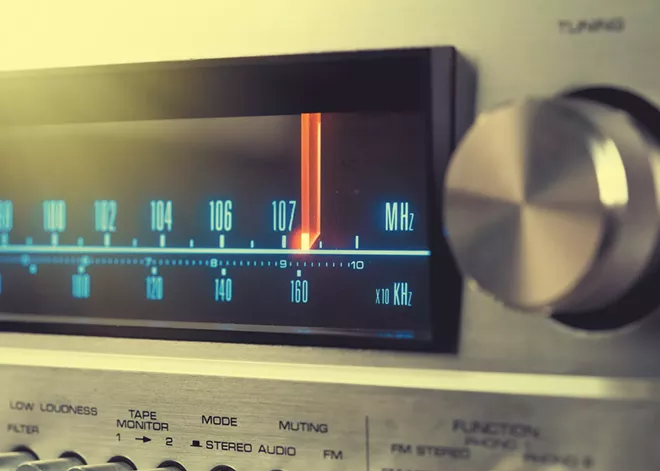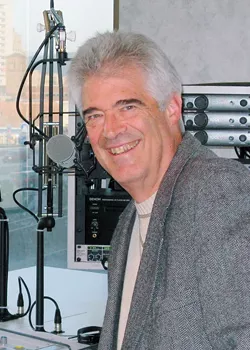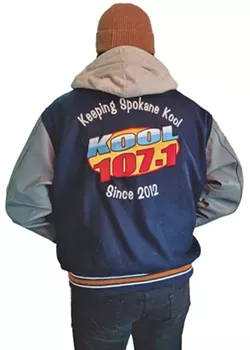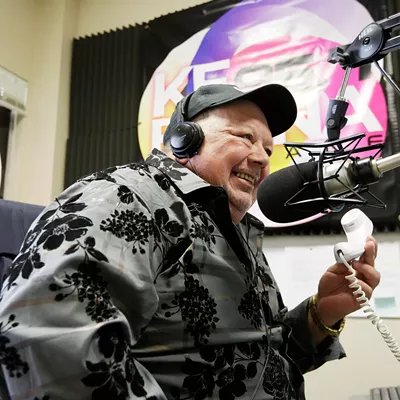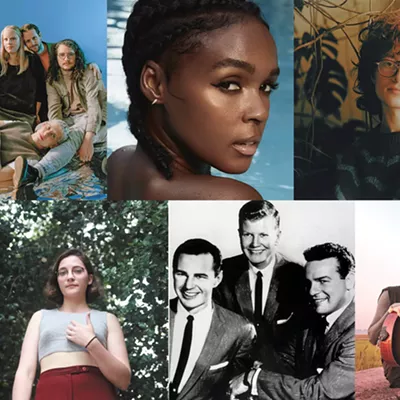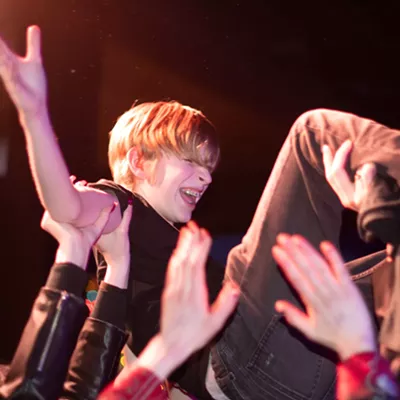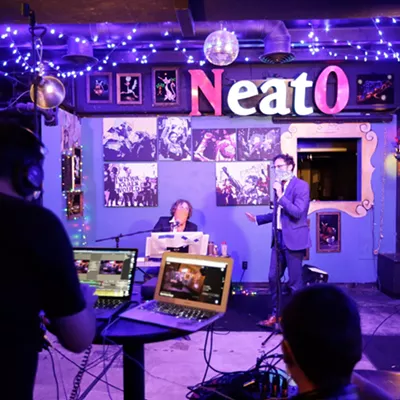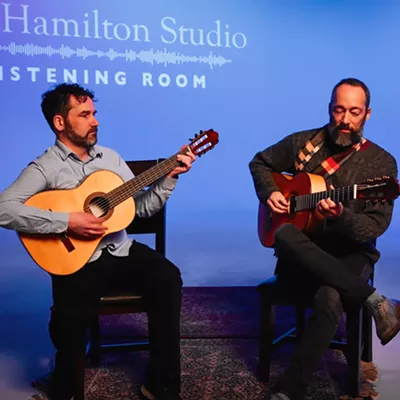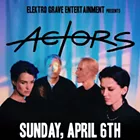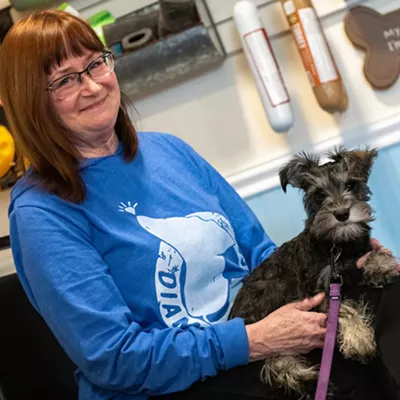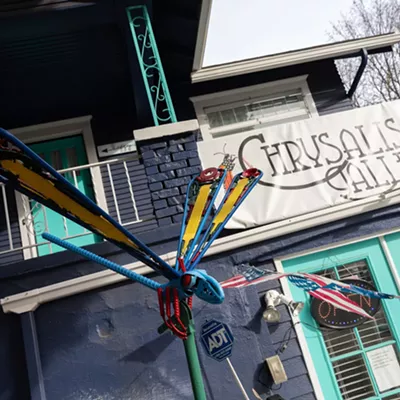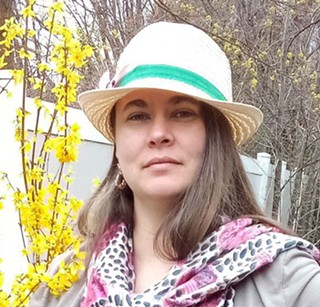Rock 'n' roll is as foundational to American culture as apple pie and baseball. The music, born in the USA, fed a new generation searching for a different kind of life than the ones their parents led. It helped bridge the racial barriers. People were drawn to the music.
But, that past is fading from the airwaves, one radio station at a time. According to global data company Statista, there are 15,441 AM/FM stations broadcasting across the country, but only 365 still play true oldies. It feels like a slow good-bye to the Chantels, Elvis, Fats Domino, the Poni-Tails, and all the other original rock 'n' roll artists.
Listeners may not have actively precipitated this change, but money talks. Oldies radio stations started losing ad revenue in the early 2000s. The original audience of rock 'n' roll was aging past the desirable, target demographic. As a result, many radio stations changed format to newer music to keep the revenue stream rolling.
Despite the odds stacked against them, one station in the Inland Northwest is still spinning tunes from those early years of rock 'n' roll: KOOL 107.1 FM.
Since beginning operation in 2012, owners Bob Anthony Fogal — known to listeners as "Big Bob Anthony" — and his wife, Pati, have made it a mission to save that sonic era. Tune in for a while and you're likely to hear "Fly Robin Fly" by Silver Convention, "Ain't No Mountain High Enough" by Diana Ross, "My One and Only Jimmy Boy" by The Girlfriends, and "Dee Dee Dinah" by Frankie Avalon, all within the course of an hour.
But like the rest of the oldies lot, KOOL 107.1 FM is struggling to keep the past on-air.
The challenge of remaining financially solvent, along with the mission to preserve oldies on the radio, led the owners to form the Oldies Preservation Society and shift to become a listener-supported radio station.
Currently, KOOL is a hybrid, relying on local businesses for advertising and listener donations. Fewer ads means they stand out clearly to listeners, a bonus to the businesses. Listeners receive more songs and shorter advertising segments, interrupting the music less often.
COVID almost silenced KOOL permanently. The station went out on a financial limb and moved to its current site, on South Jefferson Street, when the pandemic struck. Plans to become completely listener-supported were shelved as employees and volunteers were sidelined, the danger of the virus looming too large to take the chance and proceed with business as usual.
Despite the tenuous times, Fogal kept the station running.
As other media outlets, like streaming services and podcasts, gain popularity among a younger audience the radio landscape is also changing. Educational institutions are shifting their resources away from old media, including Eastern Washington University and its radio station KEWU, which is scheduled to go dark later this year after nearly 75 years of broadcasting.
But this brings an opportunity for KOOL.
If EWU accepts a proposal from Fogal to take over the station's frequency license, KOOL's potential audience base will increase. The frequency is two times the strength of what KOOL is currently using. While KOOL's signal doesn't travel much beyond Spokane, the boost could reach as far as Ritzville, 60 miles west of Spokane, and even into North Idaho. The timetable for a decision on KOOL's proposal is unknown, and EWU says it's recieved multiple inquiries about KEWU.
If the university accepts this plan, the station will eliminate the local advertising on KOOL because it's a noncommercial, educational license. It's good for KOOL and for the new folks it could reach, but could be a bummer for some local advertisers.
"In my Medicare business, it was definitely my target audience," says Bonnie Tapscott, owner of T4MI, which advertises on KOOL. And she sees results from advertising with the station, bringing people in the door of her business.
Tapscott loves the station so much that she even volunteers her time there doing "daily prep work," including researching information like the time of sunrise or noting any weird, made-up holidays like "Be Good to Your Husband Day."
Bob Gallagher, owner of Spokane's 4000 Holes Records, agrees with Tapscott about advertising on KOOL bringing people into his business. The first time he found them on the dial "they were playing a Sonics song," which is a plus for Gallagher, who enjoys much of the station's fun, obscure music.
KOOL is certainly in a class by itself. Their playlist includes over 5,000 songs. Most stations playing oldies music "are playing between 365 and 525 cuts," says Keith Shipman, president and CEO of the Washington State Broadcasters, as well as a KOOL listener.
Succeeding with an oldies format isn't done "by taking 400 oldies and playing, playing them to death so that people get sick of them and having 10-minute commercial breaks," Fogal says. "That's not what people want to hear."
Beyond Fogal, there's only one other KOOL DJ: John Maynard, known on-air as "Buzz Lawrence." For about five years Maynard has run the humorous Buzz Lawrence Show on KOOL, Saturdays from 9 am to 1 pm, from his home studio in Seattle. He plays songs and jingles from the '60s, back when he was a DJ on the Spokane AM radio station KNEW and its predecessor, KJRB, which was on air from 1947 to 1966. There's a mutual admiration between the two DJs.
"[Fogal] digs deep, he picks up some real obscure songs and just plays anything that was ever on the air anywhere," Maynard says.
KOOL's show lineup also includes Greatest Hits USA, Joe Johnson's Beatle Brunch, and That Thing with Rich Appel.
Every Tuesday at 5 pm listeners are treated to TV theme songs from the same 30 years of rock 'n' roll oldies. Some of the theme songs were already in the KOOL collection, and inspired Fogal to start TV Theme Tuesdays. Among the tunes are the titular "Green Acres," "Bonanza" and "Jeannie" from I Dream of Jeannie.
Despite its wayback vibes, KOOL draws fans from a wide range of ages. Elsie King, 12 years old, has spent most of her life listening to KOOL. Her parents introduced her to the music, but she doesn't just listen because they do.
"It's better than a lot of the newer music," King says. (Elsie's dad, Derrick, is the Inlander's senior graphic designer.)
Bailey Stout, 25, is another devoted listener. He displays his loyalty with decals on his truck and KOOL clothes. Stout discovered the station when his grandpa played it on a road trip. And it wasn't even the music that first hooked him.
"We were driving towards Seattle and one of George Carlin's stand-up bits [came on]," Stout says. "And me and him shared a laugh."
After receiving permission from Fogal, Stout had a letterman jacket specially made with the colorful KOOL logo emblazoned on front and back.
Many KOOL supporters have listened to oldies music from a young age, like 77-year-old Ed Clark. He started listening on his Cub Scout crystal radio set and became "addicted to a rock 'n' roll radio in grade school."
KOOL has even been known to change some driving behaviors. During one station pledge drive, listener Joan Williams pulled off the road and into a parking lot to make her commitment. "If I don't do this now... I'll forget again, and I don't want this radio station to go away," Williams remembers thinking.
Fogal makes the radio station personal for fans, something Williams cherishes. She's left messages on the comment line, and Fogal has returned some of her calls.
"It feels like you've been listened to, and I so appreciate what they've done," Williams says.
KOOL fan Peggy Luke, who also grew up listening to oldies when they were new, calls the station every time she hears one of her favorite songs.
"The Beatles showed up on Ed Sullivan. And my life changed for the better. I couldn't believe the music I was hearing," she says with a laugh.
Until then, Luke was accustomed to hearing what her mom played on the radio, singers like Perry Como. "But the Beatles brought a new dimension to my music education, and, man, I haven't looked back."
In addition to financially supporting KOOL, Luke volunteers for them, too. "I'm the sticker lady," she says. Luke mails out window decals with the station's logo on them. As a special touch, she sends the envelopes out with Elvis stickers on them. "So that [the sticker recipients are] pretty clear about how serious this place is for rock and roll," Luke says.
The fate of KOOL is tenuous. Two hundred listeners and a dozen advertisers are keeping them on the air, but another disaster (like a direct lightning strike to the transformer two years ago) has the potential to silence the station. And if KOOL ends as a radio station, the loss would devastate many fans.
"It'd feel like part of Spokane just went off the airwaves," Stout says.
"Music carries with it snapshots of our history, and even the world's history," says Fogal.
"I can turn on my radio every morning. I can't stand to turn it off at night," Luke says with a laugh. "I have to hear it." ♦

